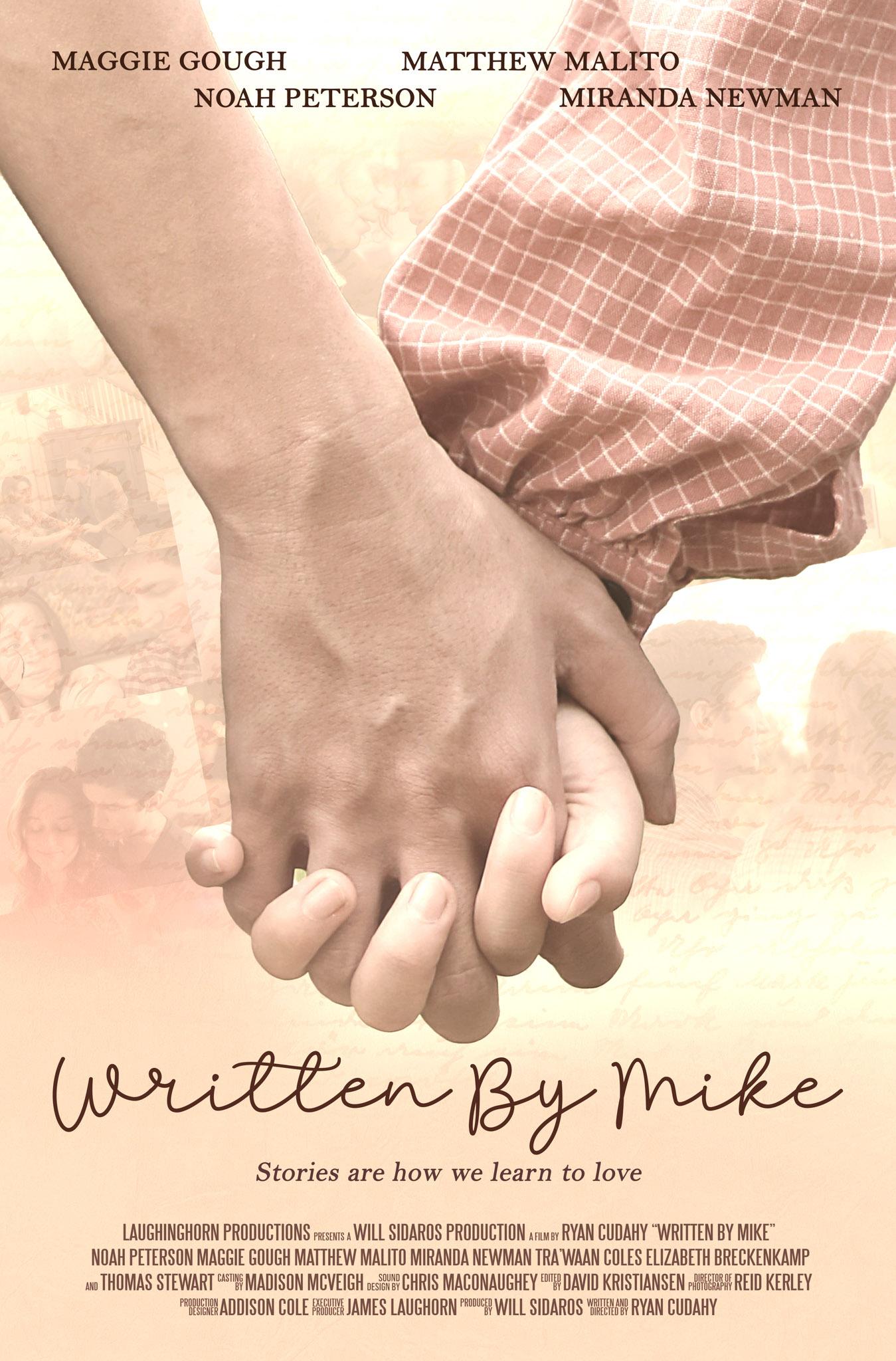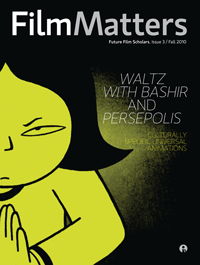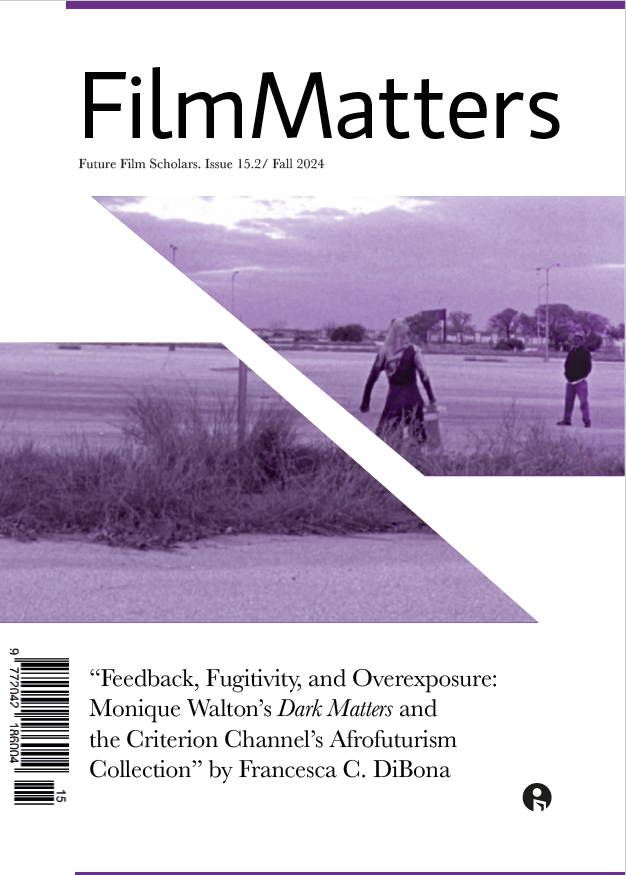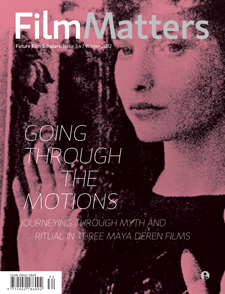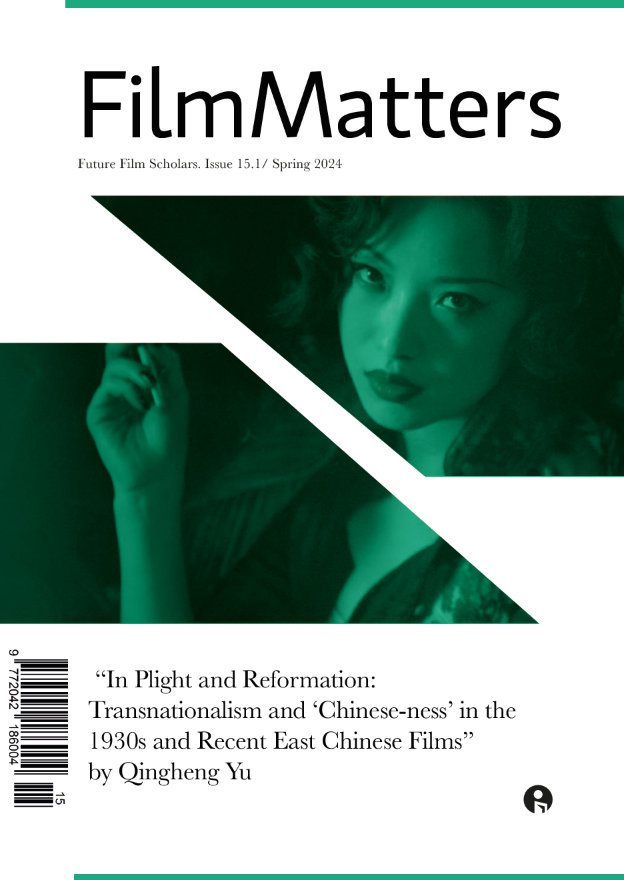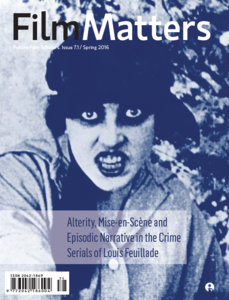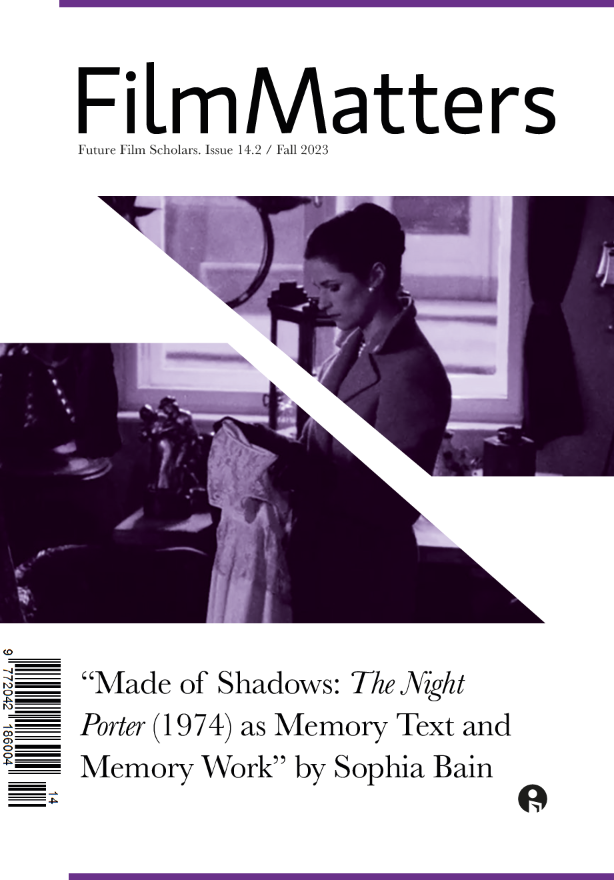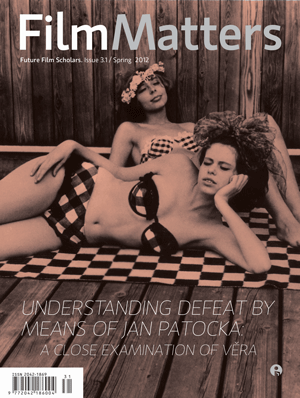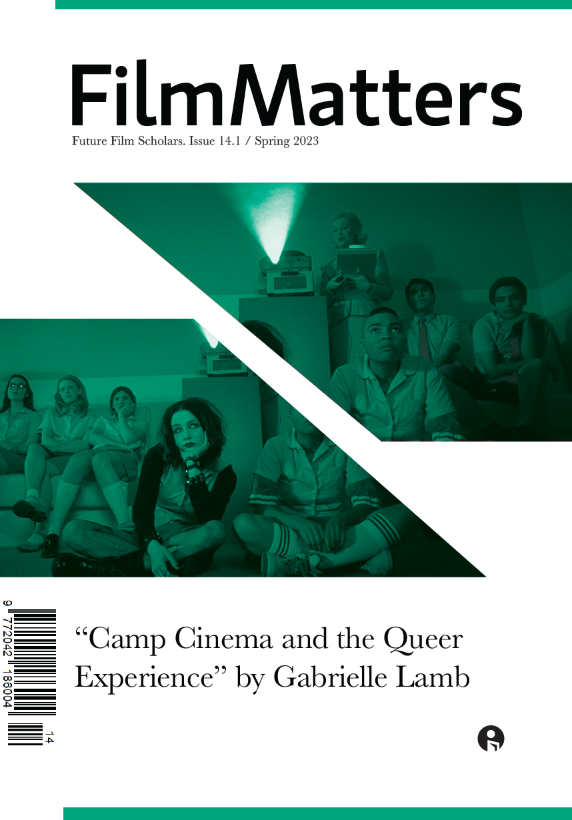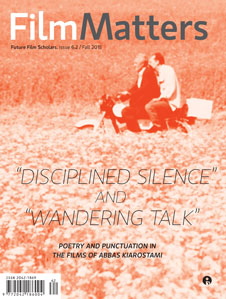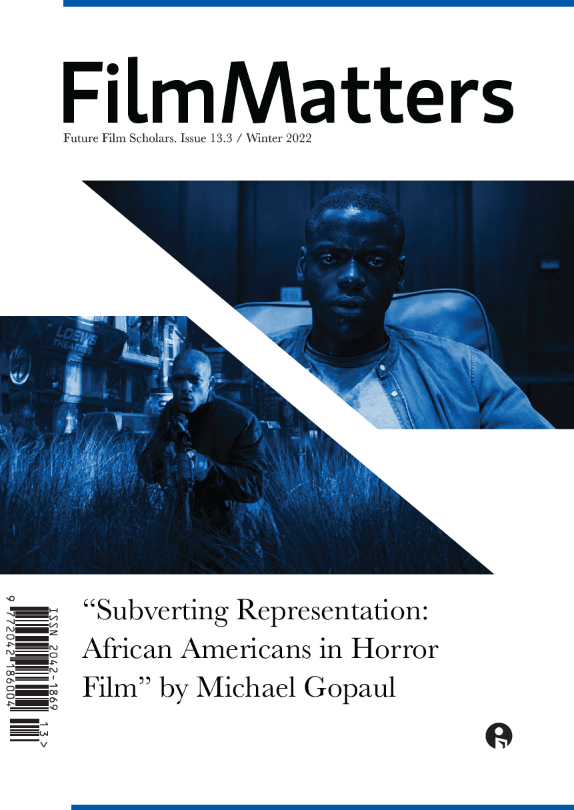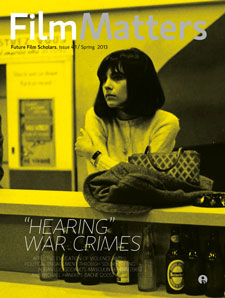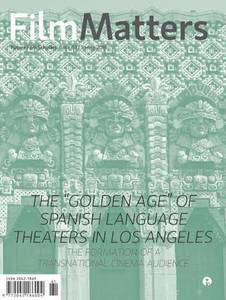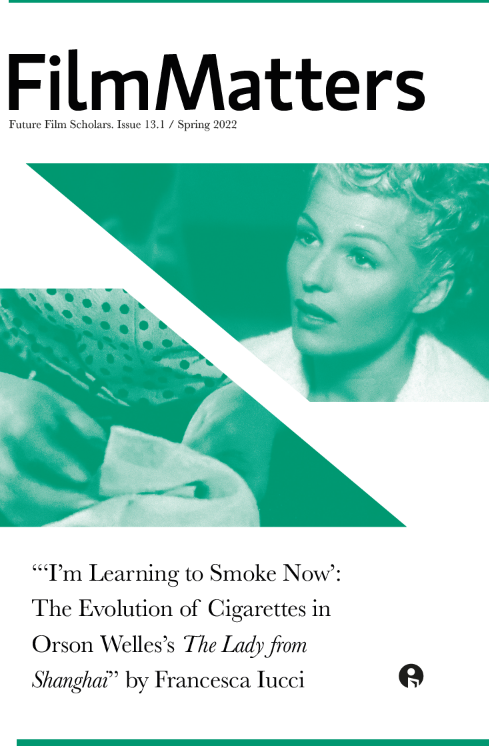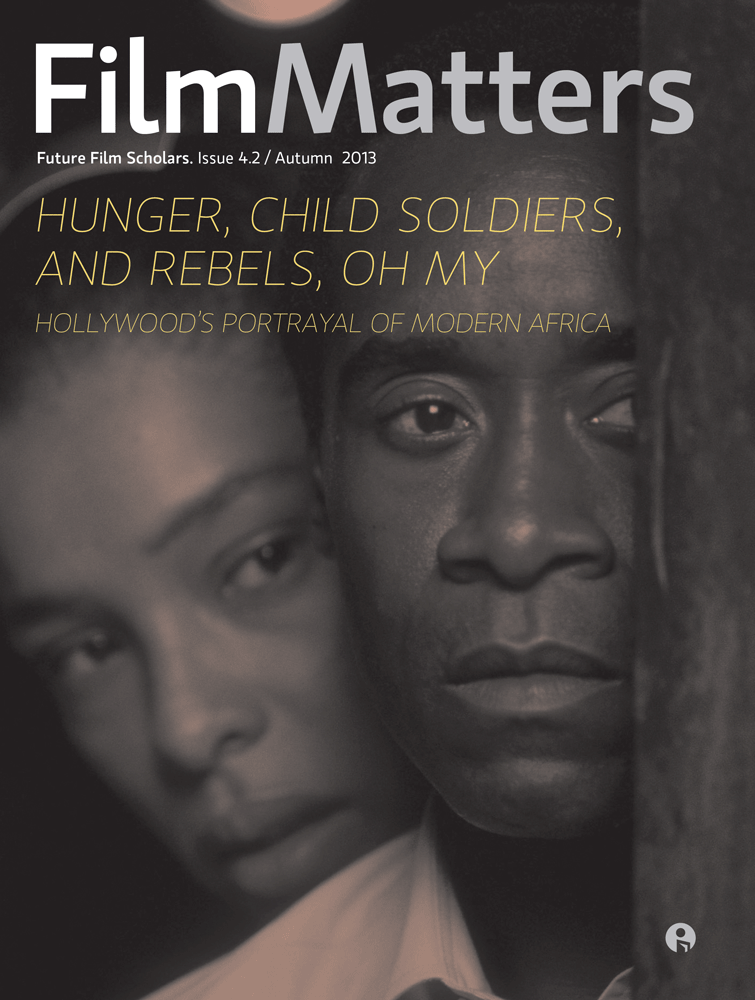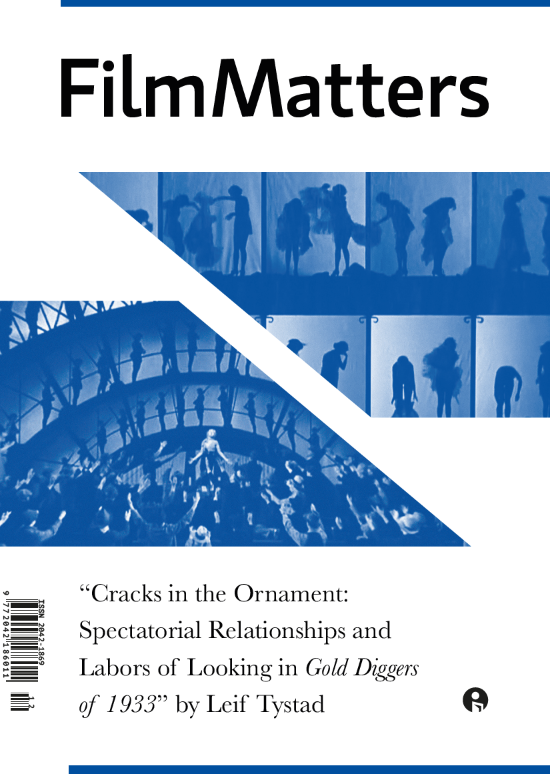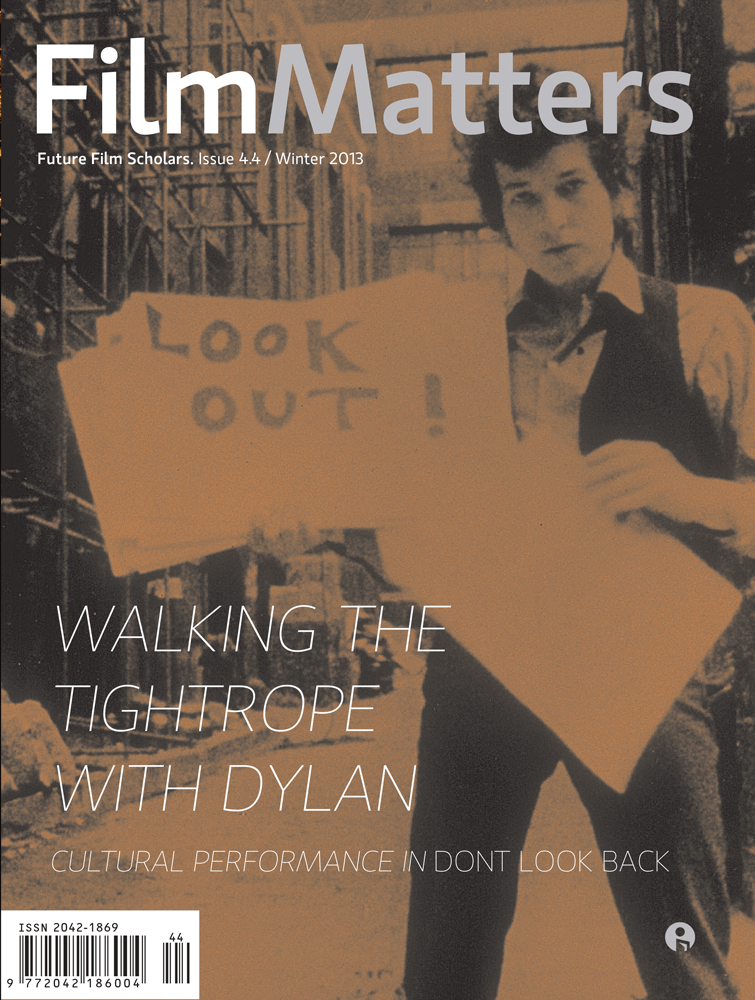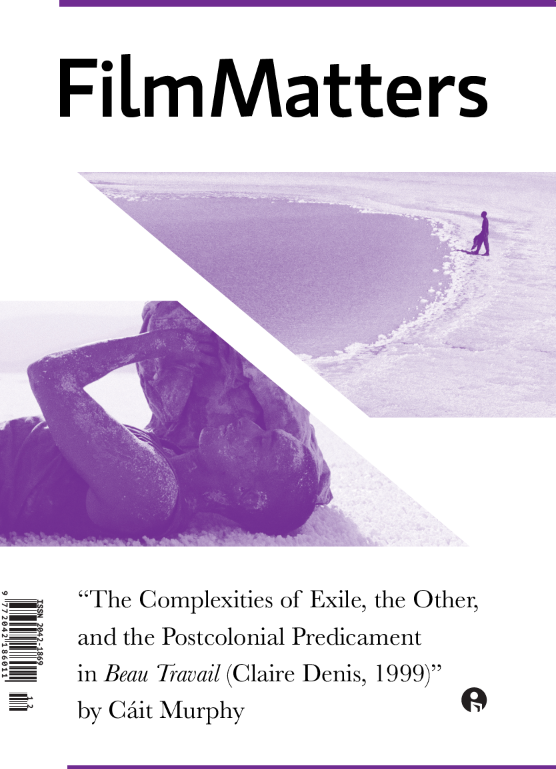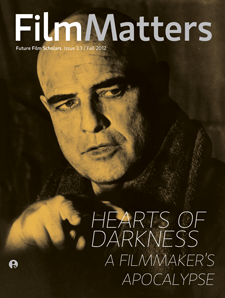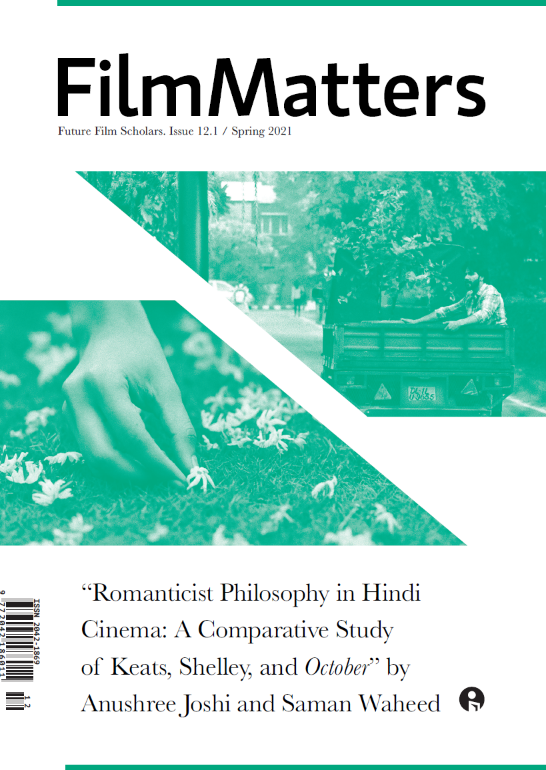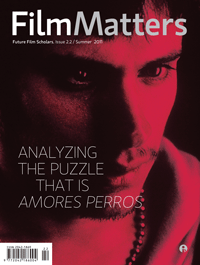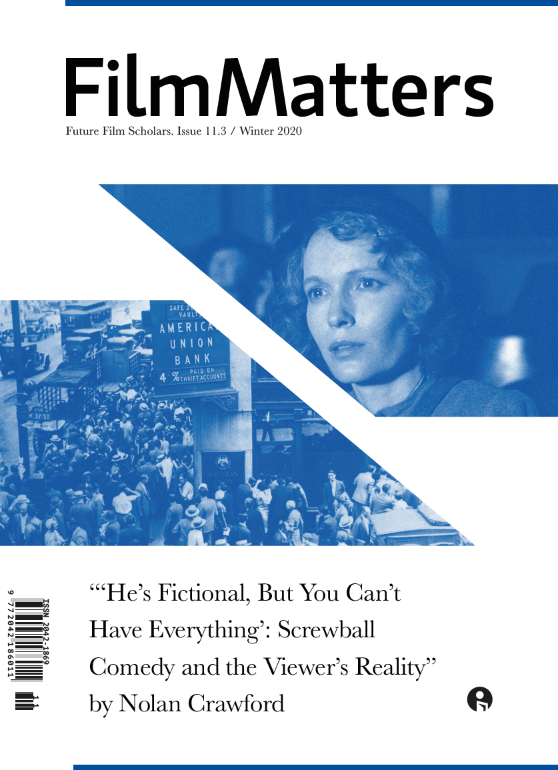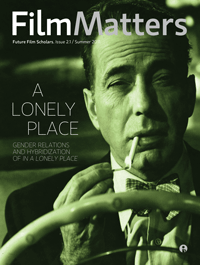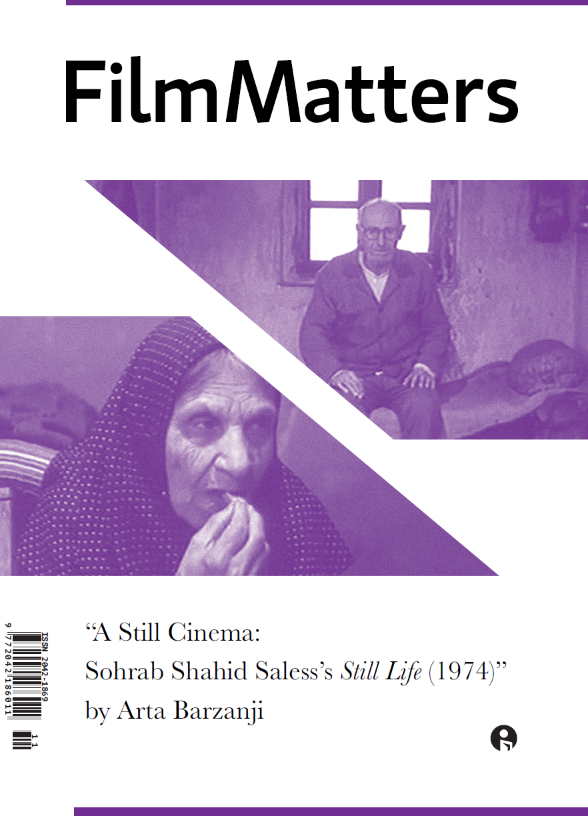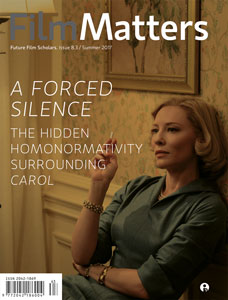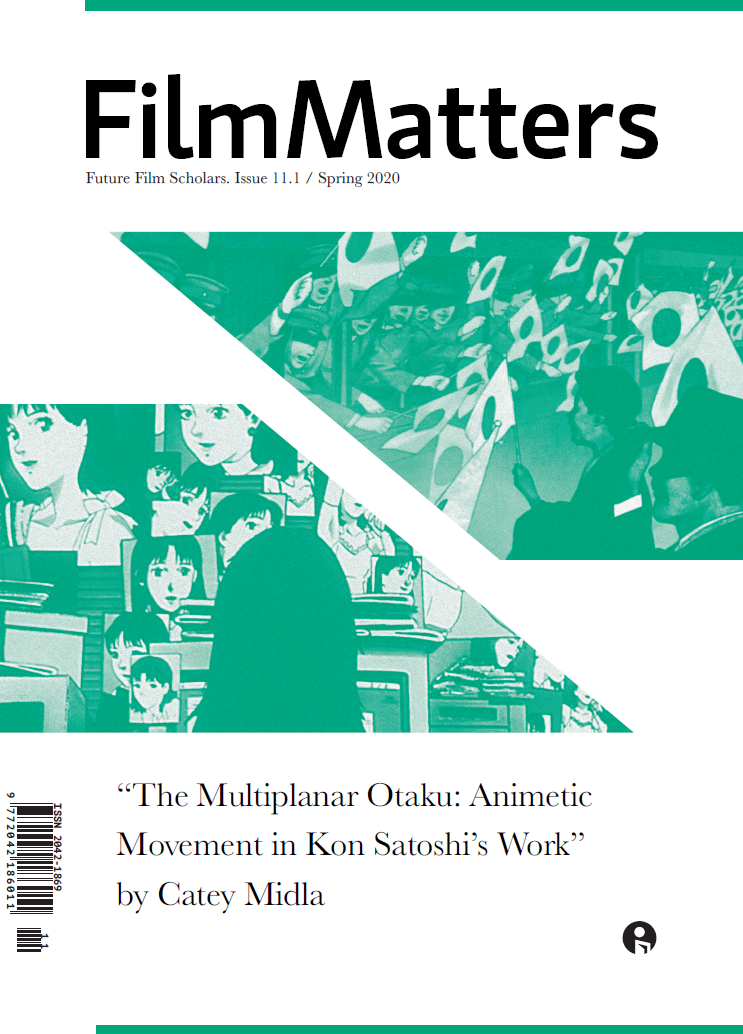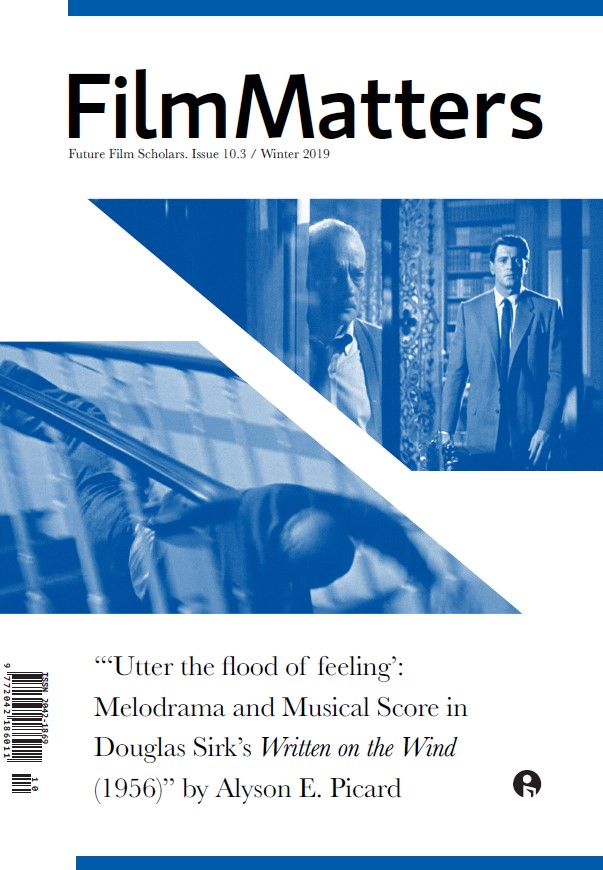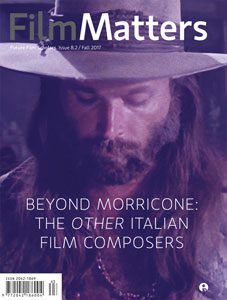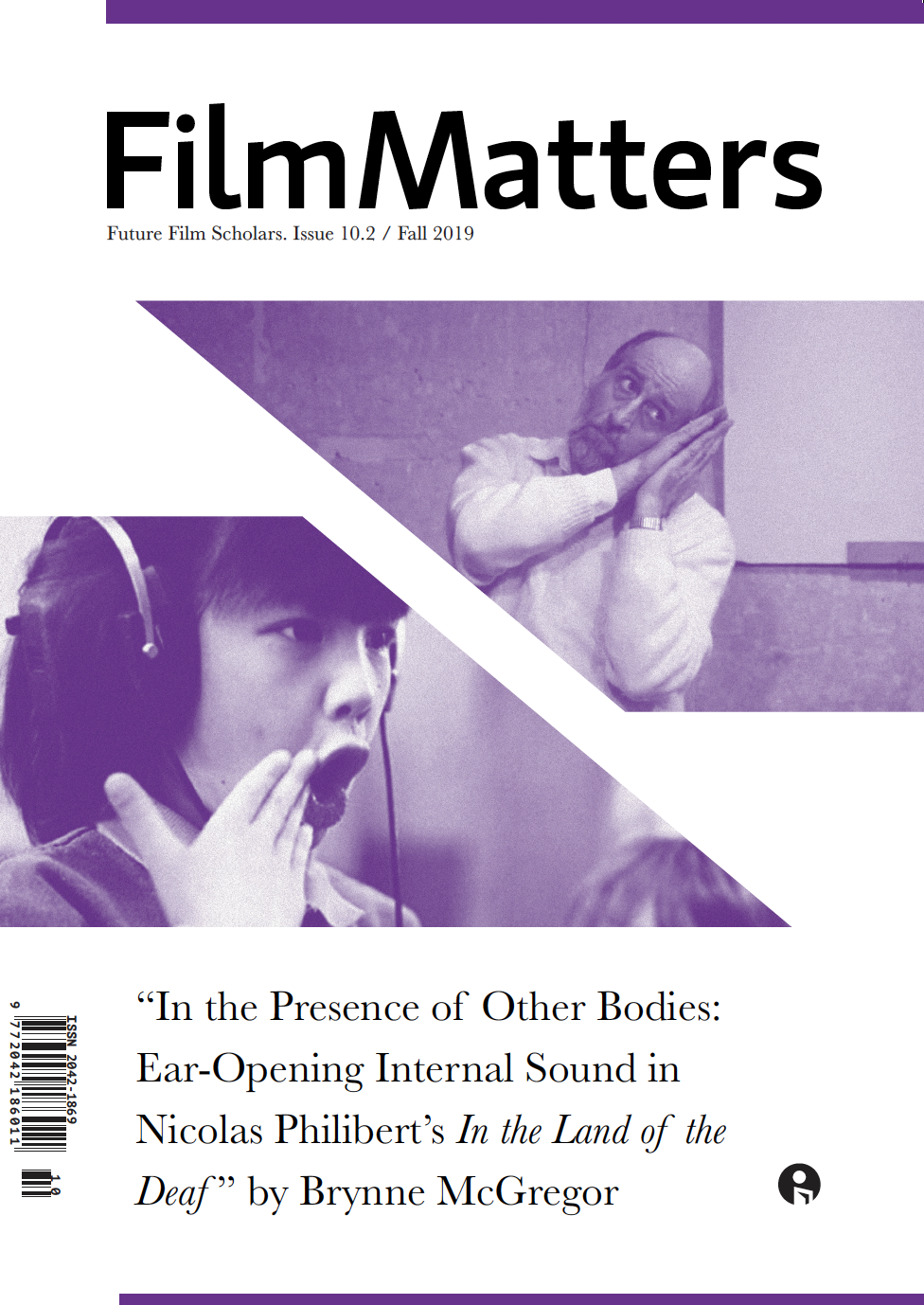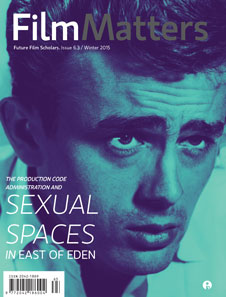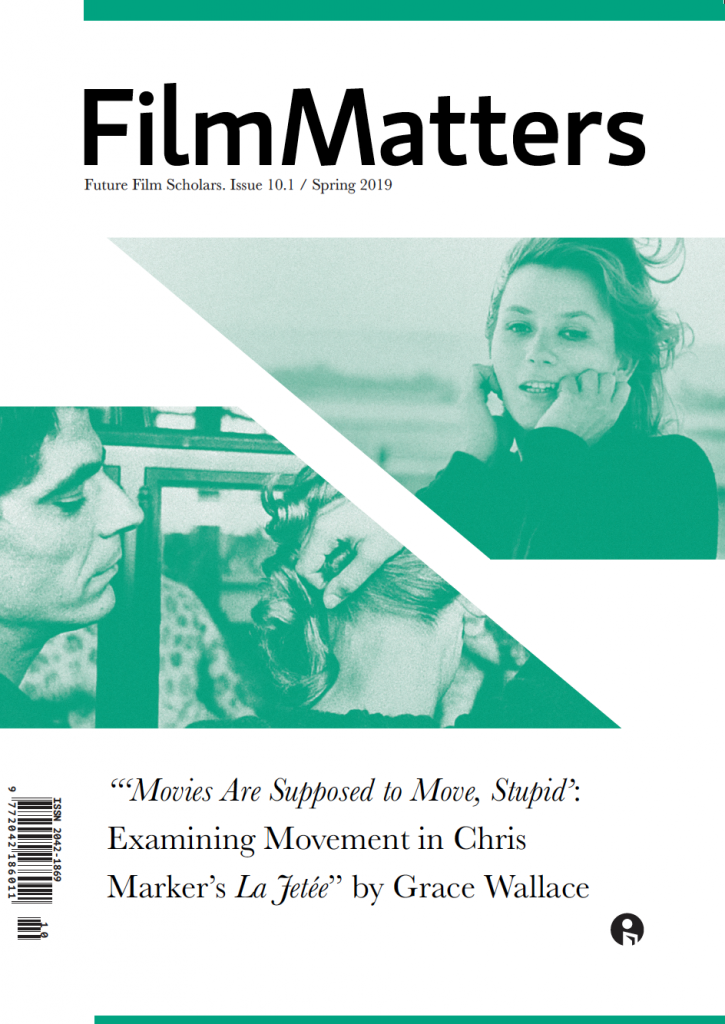The 12th Annual Edition of Chelsea Film Festival will be presenting 5 Narrative Features, 54 Narrative Shorts, 6 Indie Episodics, and 6 Documentaries directed by Female Directors, totaling 71 titles directed by women.
Continue reading12th Annual Chelsea Film Festival Announces Its 2024 Female Directors
Interview with Written by Mike Director Ryan Cudahy. By Sophia Fuller
Sophia Fuller: Tell us a little bit about yourself; how did you get started in filmmaking?
Ryan Cudahy: This is actually a story I have told quite a bit. I have been passionate about film my entire life. It really started when I was four years old and my dad got a camcorder. I was already really into movies at the time. I had also gotten a reptar wagon toy from Rugrats for Christmas, and I was convinced that if I held the camera in the right way and made the angles just right, it would look exactly like the cartoon. Obviously, it didn’t work but it was a good start. It was around middle school where I realized I really wanted to be a director. I enrolled in a filmmaking course my freshman year of high school and it was really exciting. I decided to make a short film about cows taking their revenge on humans for eating them. It was just a comedy short film but it was significantly worse than other people’s films in the class. I realized if I actually want to do this, I really need to step it up. Instead of just making a bunch of other stuff, I took a break and watched about three hundred movies. I made a list of the movies I had heard of that were the best of all time and then when I was ready to start making short films again, I was able to make some stuff that I was moderately proud of. Then I went on to study at James Madison University for video production for media arts and design. I was struggling with my mental health, which truly plays into what this movie is about, and I decided to take a leave of absence. I always wanted to stick with film and I ended up in a career working as a producer for a very long time with a production company. During COVID, I worked on the TV series called Swagger. Once we came out of quarantine, I worked on the locations team for that. I always wanted to make this film that we just made. It was a very personal project to me and I am really glad we were able to make it and with how it turned out The film is mainly shot in Fredericksburg, Virginia, where I recently just founded the Fredericksburg Film Festival. We just had the first year of that, which was fantastic. That’s kind of my way of sticking with everything.
Continue reading12th Annual Chelsea Film Festival Announces Its 2024 Narrative Feature Lineup
The 12th Annual Edition of Chelsea Film Festival (CFF) is releasing the list of narrative and documentary features: 16 Narrative Features have been selected in the 2024 Official Lineup. 7 countries are represented this year: India, Iran, Israel, Lithuania, Switzerland, United Arab Emirates, and United States. 150 Films from 21 countries are represented at this year’s 12th annual edition. The 16 Narrative Features are in competition for the Chelsea Film Festival Grand Prix.
Continue readingPaige Hartenburg, Author of FM 14.3 (2023) Article “See No Evil: Audio Identification with the Monstrous in Under the Skin”
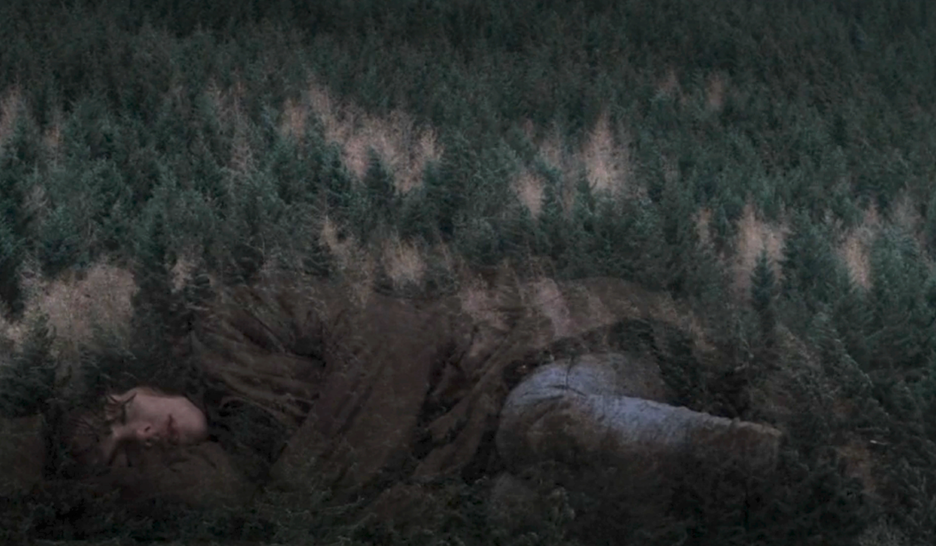
Film Matters: Please tell us about your article that is being published in Film Matters.
Paige Hartenburg: My article, “See No Evil: Audio Identification with the Monstrous in Under the Skin,” focuses on the relationship between identity and body as seen in horror. Commenting on Carol Clover’s Final Girl and Kara Silverman’s female authorial voice, my essay argues that audio provides audiences an opportunity to choose how they identify the film’s protagonist: as a monster or as the Final Girl. Through audio, Under the Skin (2013) provides alternative modes of reading that allow the film to take on subjective meaning.
Continue readingMary Beth Bauermann, Author of FM 14.3 (2023) Article “‘Wake Up!’ with Narrative Film Music: Optimizing Narrative Power Through Spike Lee’s Compilation Soundtracks of Popular Music”
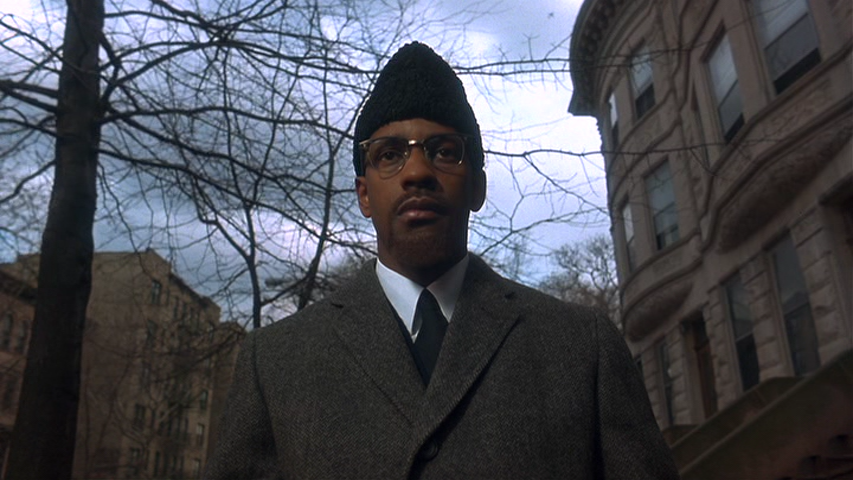
Film Matters: Please tell us about your article that is being published in Film Matters.
Mary Beth Bauermann: This article takes a deep dive into three of Spike Lee’s films that feature significant compilation soundtracks of American popular music: Malcolm X (1992), Crooklyn (1994), and BlacKkKlansman (2018). The music that fills these soundtracks recalls historic eras and specific sociocultural events, grounding audiences in two coexisting worlds: Lee’s diegesis and our American society. Ultimately, the soundtracks facilitate audiences’ understanding that the stories conveyed in each film narrative exist in our own history, past and present.
Continue readingLeandra Djomo, Author of FM 14.3 (2023) Article “Daydreaming: An Exposé on VR Technology as a Form of Digital Escapism and Identity Design”

Film Matters: Please tell us about your article that is being published in Film Matters.
Leandra Djomo: My article “Daydreaming” focuses on the distortion of identity caused by VR technology in Satoshi Kon’s 2006 film Paprika and how that distortion serves as a way to escape reality. What attracted me to this film were the fun colors and the ultimate confusion that came with trying to understand where reality began and where fiction ended. I found this confusion to be horrific, and as a horror fanatic, I wanted to explore this sentiment further. Although, Paprika is certainly not considered a horror film.
Continue readingFM 14.3 (2023) TOC Highlights
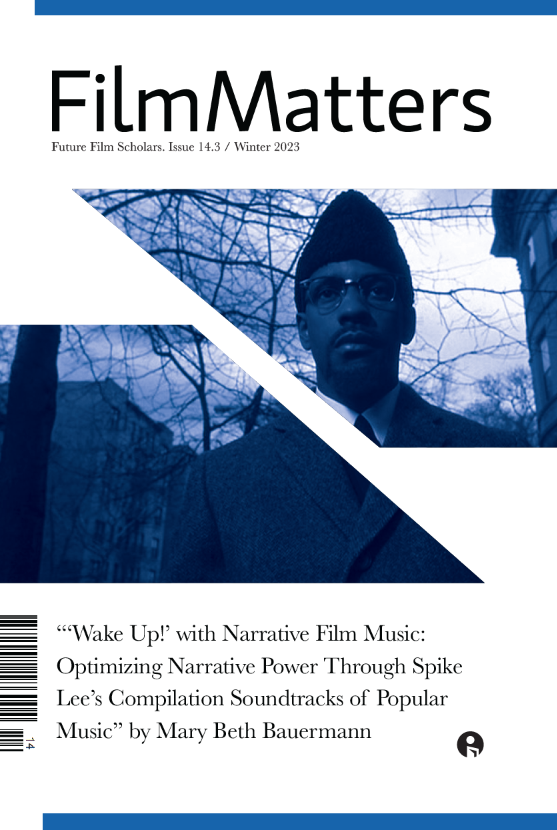
Film Matters is happy to announce the TOC of our final issue of 2023, FM 14.3, which includes the following peer-reviewed features:
- “Wake Up!” with Narrative Film Music: Optimizing Narrative Power Through Spike Lee’s Compilation Soundtracks of Popular Music by Mary Beth Bauermann
- Daydreaming: An Exposé on VR Technology as a Form of Digital Escapism and Identity Design by Leandra Djomo
- See No Evil: Audio Identification with the Monstrous in Under the Skin by Paige Hartenburg
As well as this featurette:
- Interview with Dr. Michele Meek on Her Recent Book Consent Culture and Teen Films: Adolescent Sexuality in US Movies by Miriam Heath
These book reviews:
- Consent Culture and Teen Films: Adolescent Sexuality in US Movies, Michele Meek (2023) by Miriam Heath
- Hollywood’s Embassies: How Movie Theaters Projected American Power Around the World, Ross Melnick (2022) by Clinton Barney
- Picnic at Hanging Rock (BFI Film Classics), Anna Backman Rogers (2022) by Kayla Sloan
- The Godfather (BFI Film Classics), 2nd ed., Jon Lewis (2022) by Dason Fuller
- David Cronenberg: Interviews, David Schwartz, ed. (2021) by Yaakov “Jacob” Smith
Film reviews:
- Blind Faith in The Wicker Man by Autumn Blees
- Kuroneko (1968) by Annica Johnson
- Not Okay (2022) by Bekah Eakes
And this DVD/Blu-ray review:
For more information about this issue, please visit:
https://intellectdiscover.com/content/journals/fm/14/3
Are you an undergraduate author who wants to be published in Film Matters? Then we want to work with you! Please check out all the different ways you can publish with us.
Our next deadline is quickly approaching! So we hope to hear from you on or before September 1! In the meantime, happy new AY!
Interview with Filmmaker Kim Carr. By Kim Carr and Sophia Fuller
Station MVP explores the behind-the-scenes world of a public radio station and the characters who work there. The protagonist Jamie is in over her head—she must navigate a demanding new job, her zany colleagues, and ongoing threats from her estranged husband. She’s a no-nonsense woman who battles the highs and lows of dealing with a position of power while trying to forget the time when she had hers taken away. Despite it all, she still has her sense of humor, and the fictional Maggie Valley Public Radio—WMVP—is lucky to have her!
Continue readingA. G. Lawler, Author of FM 14.2 (2023) Article “‘Films for Humanity’: De-victimization of the Female in At Five in the Afternoon and The Milk of Sorrow”
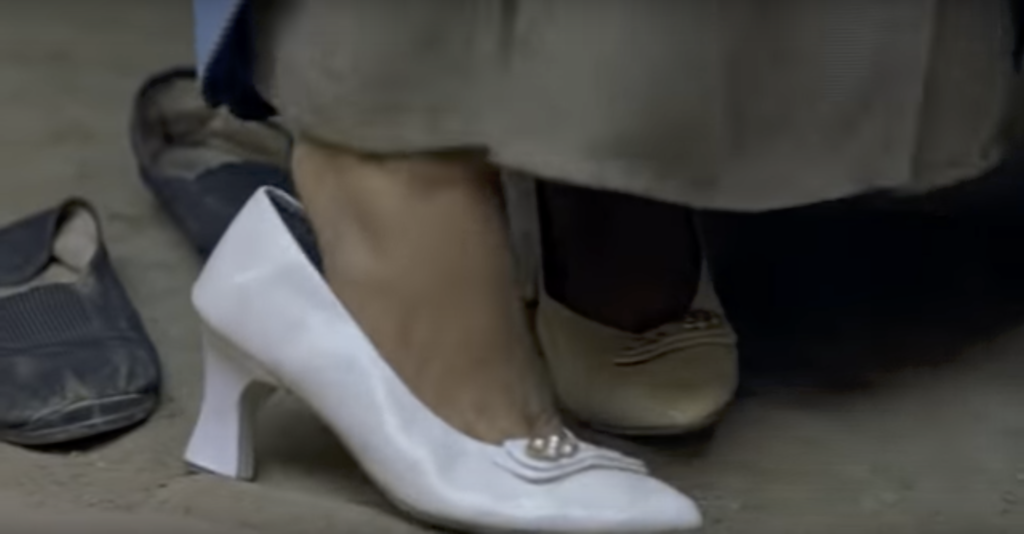
Film Matters: Please tell us about your article that is being published in Film Matters.
A. G. Lawler: “‘Films for Humanity:’ De-victimization of the Female in At Five in the Afternoon and The Milk of Sorrow” addresses the need for a new type of representation of women within film. The conventional filmic narrative all too often reduces women to helpless or powerless victims. Such traditional depictions are problematic and do not provide accurate or truthful portrayals of how women understand and adapt to the circumstances around them. In my article, I argue that Samira Makhmalbaf’s At Five in the Afternoon (Panj é asr, 2003) and Claudia Llosa’s The Milk of Sorrow (La teta asustada, 2009) redefine the concept of victimization on-screen and thus provide the world with a new, respectful way of representing not only women, but underrepresented groups and voices as well.
Continue readingJohanna Carter, Author of FM 14.2 (2023) Article “Translating a Monster: Motherhood and Horror Criteria in Ringu and The Ring”
Film Matters: Please tell us about your article that is being published in Film Matters.
Johanna Carter: “Translating a Monster: Motherhood and Horror Criteria in Ringu and The Ring” analyzes the shifting tonalities inherent in the cross-cultural process of monster adaptations. Since The Ring marks the boom of Asian-horror remakes in the US, my paper compares this influential remake with its original to better illustrate the difficulty of cultural translation and, more specifically, what is lost in this process. By default, the vengeful spirit of the onryō can’t convey the same message in a society with divergent gender politics. In my article, I detail how the cross-cultural changes inflicted on the “long-haired ghost girl” and the film’s female protagonist affect how each society views otherness, motherhood, and the criteria for an effective horror movie.
Continue reading

